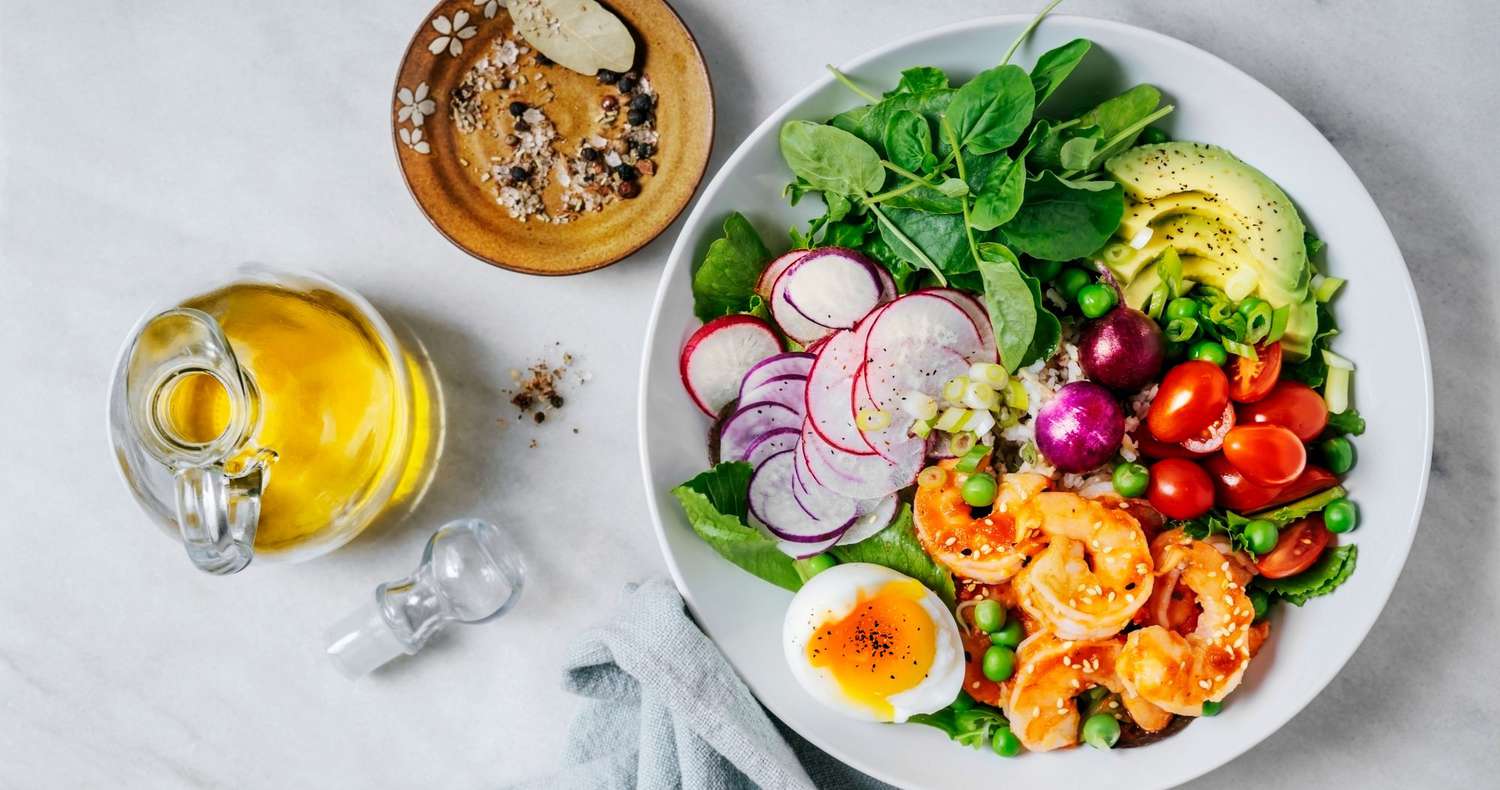The Mediterranean diet was named best overall diet for the fifth year in a row by US News & World Report, and there’s a reason for that: research has linked the popular way of eating to a longer lifespan as well as a lower risk of type 2 diabetes, heart disease, and age-related memory decline. The Mediterranean diet, unlike other popular diets, does not adhere to strict rules such as calorie counting or macronutrient tracking. Instead, followers eat foods that are common in the traditional diets of citizens living in countries bordering the Mediterranean Sea, such as plenty of vegetables, whole grains, healthy fats, and fish.
If this sounds like an eating style for you, here’s a rundown of the specific foods that comprise the majority of the Mediterranean diet, as well as the foods you should avoid. Fruits and vegetablesAdherents of the Mediterranean diet consume four or more servings of vegetables and three or more servings of fruit per day, making produce a key staple. According to the Centers for Disease Control and Prevention, only 10% of American adults consume the recommended two to three cups of vegetables per day, and only 12.3% consume the recommended one and a half to two cups of fruit (CDC).
A Mediterranean diet includes the following fruits and vegetables
Veggies Artichokes\sBeets Broccoli Bruxelles Sprouts Cabbage Carrots Celery\sCucumbersEggplant Greens with leaves Mushrooms Onions Peppers Potatoes Yummy sweet potatoes Tomatoes Zucchini Fruits Apples ApricotsBerriesCherriesCitrus\sDatesFigsGrapes\sMelons Peaches Pears Pomegranates. These fruits and vegetables contain vitamins, minerals, fiber, and antioxidants that can help lower your risk of heart disease and cancer, as well as improve your mental health. A 2020 study published in the journal Nutrients discovered that adults who consumed at least five servings of produce per day improved their general well-being, sleep quality, life satisfaction, mood, curiosity, creativity, optimism, self-esteem, and happiness, as well as reduced stress, nervousness, and anxiety.

While that all sounds great, trying to eat that much produce in a 24-hour period can be exhausting. My advice? Start with produce when deciding what to eat. Make a breakfast smoothie with leafy greens and fruit. Substitute an entree salad for a sandwich for lunch, and replace half of your dinner pasta with spiralized zucchini. Finish the day with snacks such as fruits and nuts or vegetables with hummus. Grain (whole)The Mediterranean diet includes three to four servings of whole grains per day, with one serving equaling a half cup of cooked whole grain or a slice of bread. The following whole grains can be found in a Mediterranean diet: Barley\sBuckwheatCorn\sMillet\sOatsWhole wheat flour bread made from whole grain pasta made from whole grains rice made from whole gains despite the fact that Americans are eating more whole grains, according to the CDC, whole grains account for less than 16 percent of total daily grain consumption.
This is concerning, given that a 2018 study found that eating whole grains was linked to a lower risk of heart disease, cancer, and overall death. Try switching from refined grains to whole grains. For example, instead of a breakfast pastry, opt for a bowl of oatmeal; at dinner, choose brown rice over white rice; and for lunch, replace your white bread sandwich with a salad made with cooked quinoa.PulsesBeans, lentils, peas, and chickpeas are all examples of pulses. Three or more servings of pulses are consumed per week on the Mediterranean diet, and for good reason: A 2021 study published in Nutrients discovered that people who ate pulses had higher fiber, folate, and magnesium intakes than those who did not eat pulses.

Those who ate 2.5 ounces (70 gm) — roughly a half cup of cooked chickpeas — got more potassium, zinc, iron, and choline, as well as less fat. Pulses that are commonly consumed on the Mediterranean diet include: Beans cannelliniFava beans ChickpeasKidney beans are legumes.LentilsPeas, splitMay there be more









































